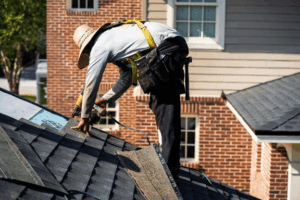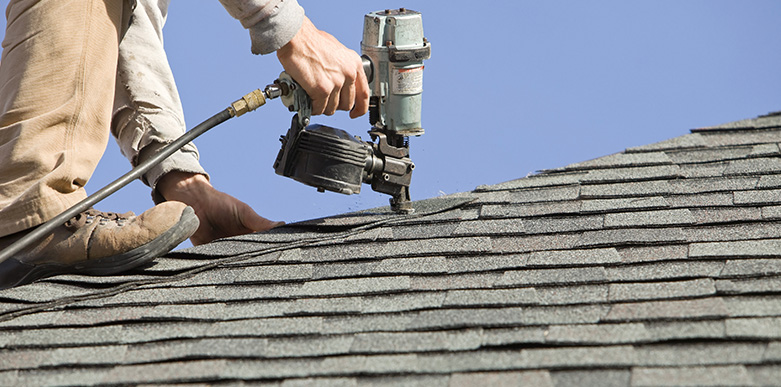A roof is one of the most essential components of any home, offering protection against the elements and maintaining the integrity of the structure beneath it. However, when disaster strikes—whether through a sudden storm, high winds, falling debris, or other unforeseen events—it can quickly turn into a homeowner’s worst nightmare. Emergency roof repair becomes crucial in these moments, and knowing how to act swiftly and wisely can help prevent further damage and costly repairs.
Recognizing the Signs of Roof Damage
 In the aftermath of a natural disaster or severe weather event, the first step is to assess the situation safely. Roof damage is not always immediately visible from the ground. Some signs, such as leaks or water stains on ceilings, may take hours or even days to appear. However, visible cues like missing shingles, sagging areas, torn flashing, or exposed underlayment can indicate significant problems that need immediate attention.
In the aftermath of a natural disaster or severe weather event, the first step is to assess the situation safely. Roof damage is not always immediately visible from the ground. Some signs, such as leaks or water stains on ceilings, may take hours or even days to appear. However, visible cues like missing shingles, sagging areas, torn flashing, or exposed underlayment can indicate significant problems that need immediate attention.
If there’s water dripping into your home, or if daylight is visible through your attic, it’s a clear sign that your roof has been compromised. In such cases, it’s vital to act quickly to minimize water intrusion and potential structural issues.
Staying Safe While Inspecting the Damage
Safety should always be the top priority. While it might be tempting to climb onto the roof for a closer look, this can be extremely dangerous, especially if the structure has been weakened. If the weather is still unstable or there’s a risk of slipping, it’s best to wait or use binoculars to perform a basic visual inspection from the ground. If the damage is severe or uncertain, contacting a professional roofing contractor to conduct an inspection is often the safest choice.
Temporary Measures to Prevent Further Damage
While waiting for professional help to arrive, there are a few steps homeowners can take to reduce the impact of roof damage. If water is leaking inside the home, place containers under the drips to catch the water and move furniture or valuables out of the way. In the attic, a tarp or plastic sheeting can help control the leak temporarily.
If you’re comfortable doing so and it’s safe, you might be able to cover the damaged area of the roof with a tarp to prevent rain from getting in. Make sure the tarp extends over the ridge line of the roof to allow water to run off properly. Anchor it securely to prevent it from blowing away. This is only a short-term fix, and professional repairs should follow as soon as possible.
Calling in the Experts
Emergency roof repair is not a do-it-yourself job for most homeowners. Even if the damage appears minor, it may be part of a larger issue that only a trained eye can detect. Contact a licensed and insured roofing contractor who specializes in emergency services. These professionals can conduct a thorough assessment, provide a detailed estimate, and start work promptly.
It’s also important to document the damage before any repairs begin. Take photos and write down observations. This information is valuable for insurance claims and for ensuring that all necessary repairs are covered.
Dealing with Insurance
In many cases, roof damage caused by natural disasters or accidents is covered by homeowner’s insurance. After making temporary repairs and contacting a contractor, the next step should be filing a claim with your insurance company. Be ready to provide detailed information and photos to support your claim. An insurance adjuster will likely visit your home to assess the damage personally.
Working closely with your contractor and insurer can streamline the repair process. Many roofing companies are experienced in working with insurance providers and can help you navigate the paperwork and procedures.

Preventing Future Emergencies
While not all emergencies can be prevented, regular roof maintenance can significantly reduce the risk of catastrophic damage. Scheduling annual inspections, keeping gutters clean, trimming overhanging branches, and addressing small issues early can make your roof more resilient against harsh weather.
Also, consider reinforcing your roof with modern materials designed to withstand high winds and heavy rain. An investment in quality materials and professional installation can provide peace of mind and better protection in the long run.